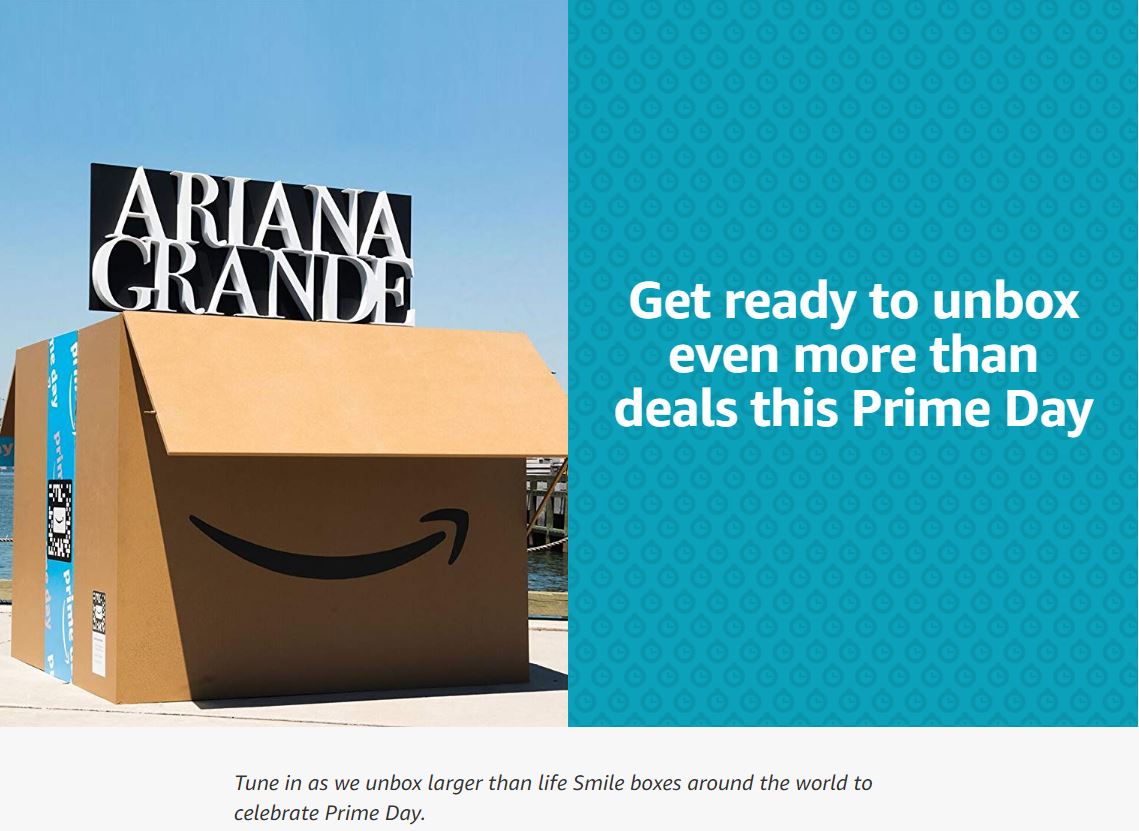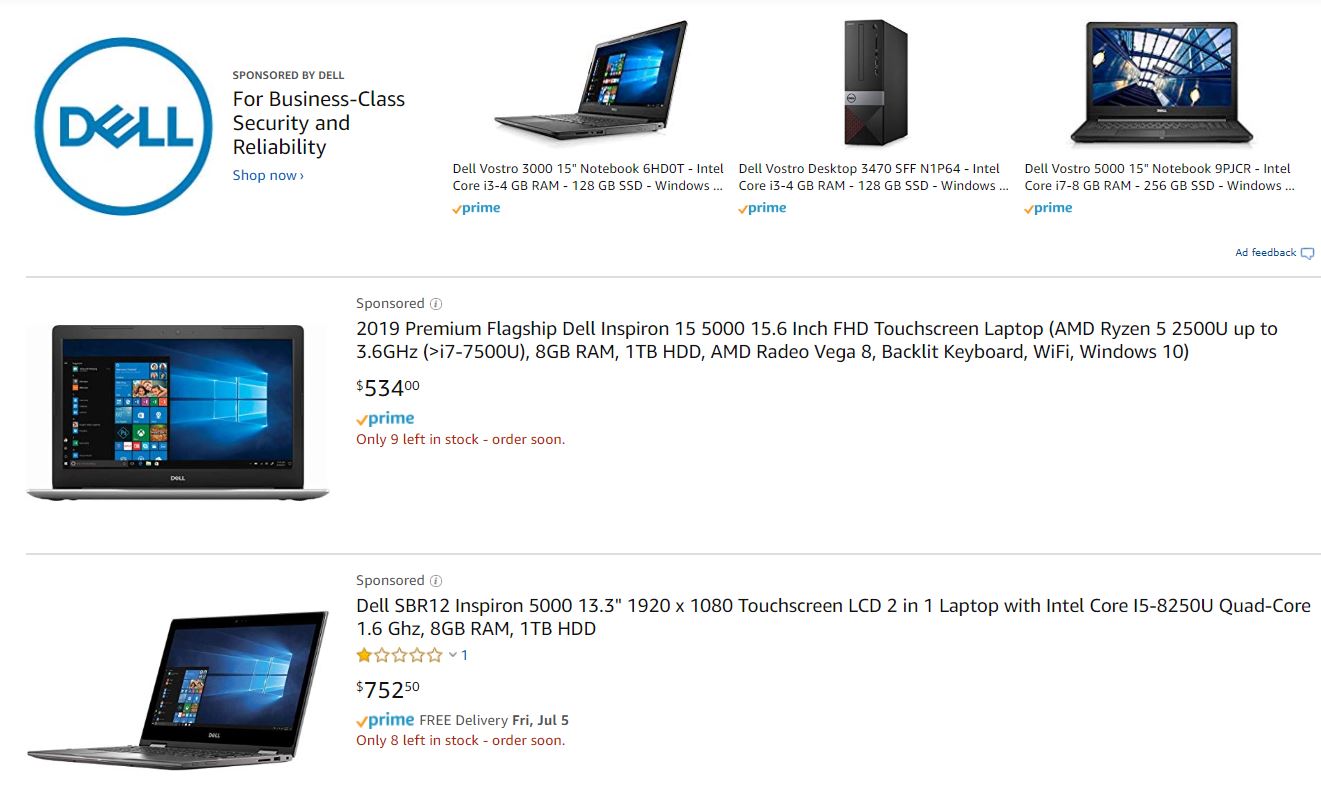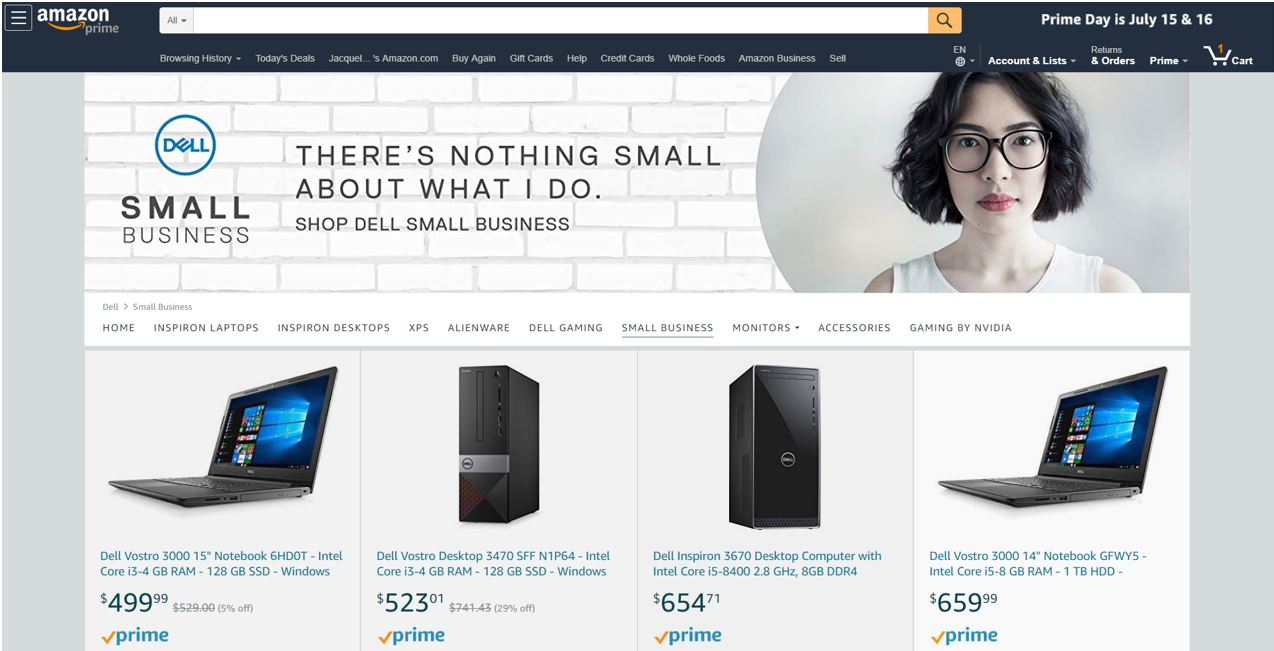Posted by: ClickZ
Posted on: 7/8/2019
The first Amazon Prime Day, a shopping holiday exclusive to Amazon Prime members, took place during July 2015 to mark Amazon’s twentieth anniversary. The event has grown to become one of the most anticipated shopping days of the year, often referred to as Black Friday in July.
Prime Day 2019 launches at midnight on Monday July 15th and runs for 36 continuous hours until the madness ends at midnight on July 16th.
Amazon sellers typically create deals to run during the weeks leading up to and just after Prime Day which is heavily promoted by Amazon.

The biggest shopping event in history
Amazon reported more than 100 million products were purchased on Prime Day 2018, making it the biggest shopping event in history. Other highlights, as reported by Amazon, include:
- Sales from small and mid-sized businesses exceeded $1 billion during the 36-hour-period that encompassed Prime Day 2018.
- Record numbers of Prime members in 17 countries shopped on Prime Day 2018
- More people signed up for Prime membership than any previous day in Amazon’s history
- Customers purchased more than 5 million items. Top product categories included: Toys, Beauty, PCs/Computer Accessories, Apparel and Kitchen
- Prime members in Australia, Singapore, the Netherlands and Luxembourg participated for the first time in 2018
- Millions of people globally watched Prime Day unboxing events which were live streamed (last year’s unboxing headliner was Ariana Grande)
- Back to school and college dorm products were big hits in the U.S. in 2018, with millions of pencils and pens sold

What sellers can do to maximize Prime Day sales this year
Sellics, a company that provides software to help Amazon Marketplace sellers, vendors and agencies optimize product listings, track, and manage their accounts, created a detailed guide to help vendors maximize sales and exposure on Prime Day.
The following are some key highlights from the Sellics guide:
First, it’s too late for sellers to create one of the biggest draws of Prime Day, Lightning Deals (brief, timed promotions on limited quantities). The deadline for this passed in May.
That may not be a bad thing though, since it costs sellers $500 per Lightning Deal to participate. The good news is that sellers can benefit from Prime Day even without a Lightning deal. Here’s how.
- Use coupons—Sellers can offer coupon discounts on products which are discoverable in a variety of ways on Amazon including their Coupons Home Page, search results, product pages, shopping carts, and more. Note—coupons become active two days after creating them, so make sure you plan for this lag if you haven’t already!
- Showcase only your best-selling products—Make sure product listings are optimized, images and descriptions up to date, and coupons are planned out in advance for products you want to showcase.
- Manage negative comments—Make sure you address all negative reviews prior to Prime Day, this can make the difference between closing a sale (or not).
- Run ads—You can increase visibility by running sponsored product and brand ads for discounted products. Advertised products that are discounted are prominently labeled in the search results, so this is a great way to catch the attention of eager bargain hunters.

The Sellics guide points out that ad competition is high on Prime Day—it is a pay to play game, after all. Thus, consider increasing your ad budget during the Prime Day window (and throughout the entire month of July).
Amazon now offers dynamic bidding which enables you to bid aggressively without having to make manual bid adjustments. Dynamic bidding raises your maximum bid by up to 100% in real time, based on past sales performance, so this is a great tactic to use for your top-selling products.
Amazon Brand Registry is a service that helps vendors protect their active registered trademarks within the Amazon environment. Brand registry allows vendors to verify themselves as the rights owner or authorized agent for a specific trademark. Vendors with registered brands can promote them via Amazon’s Sponsored Brands option, which directs shoppers to a Brand-specific landing page.

When clicking on any of the sponsored listings in the above example, the shopper is taken to Dell’s Brand page.

If you haven’t already experienced Prime Day as a seller (or even if you have), the Sellics guide is worth reviewing.
Prime Day 2019 promises to be just as successful—if not more so—than 2018, so make sure your product, brand, and seller pages are optimized, your ads are ready to go, and your inventory is fully stocked (and don’t forget to have fun.)
The post Amazon Prime Day 2019: What sellers should expect appeared first on ClickZ.

